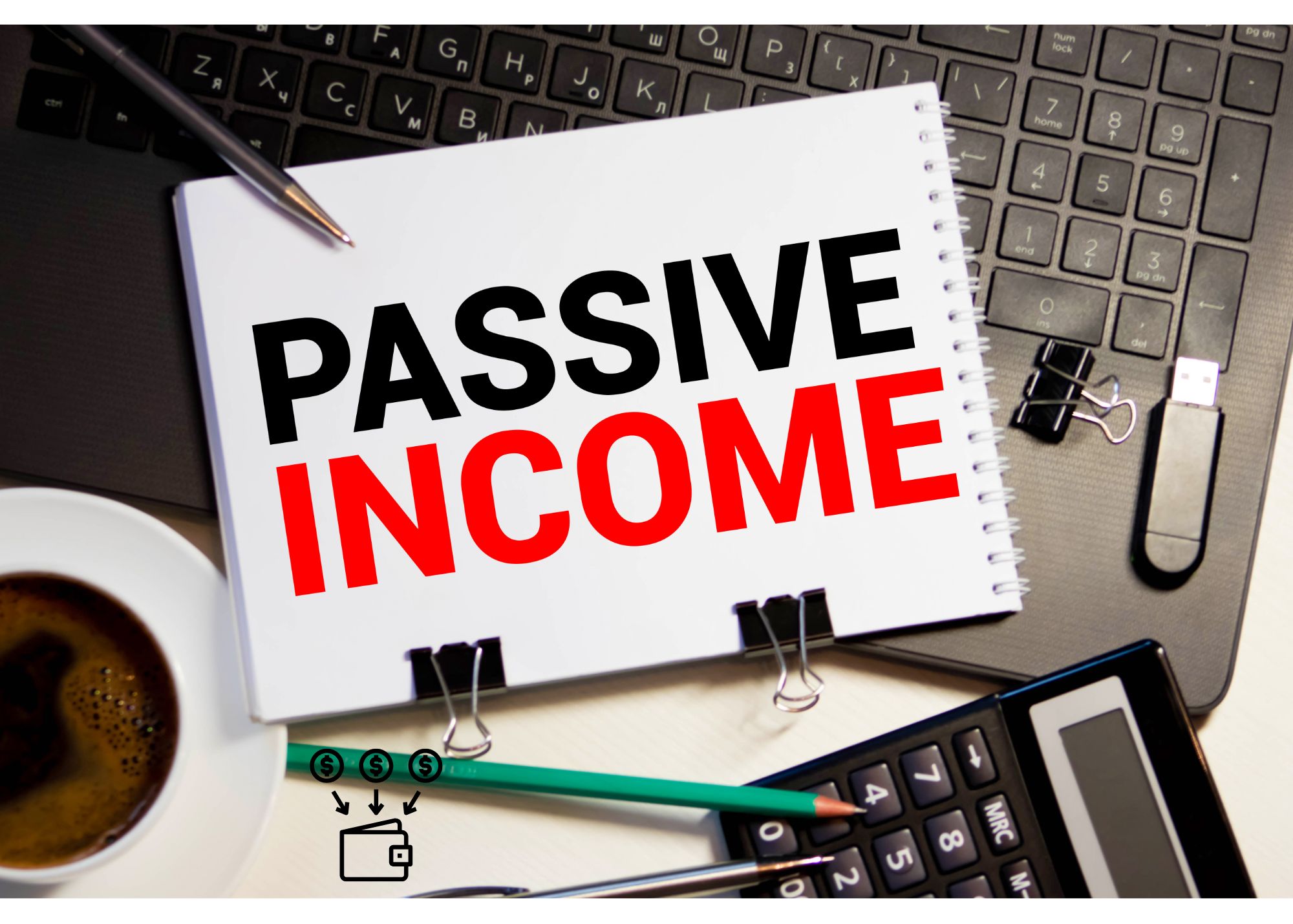How To Invest In A Bear Market
How should you invest in a bear market? Step 1 is to recognize that you won’t time the market well all the time, and downturns will hurt your portfolio. Even the most successful portfolio managers aren’t right 100% of the time, so it’s essential to learn how to prepare to invest in bullish and bearish markets.
Here’s how you can prepare for and possibly even thrive during a bear market.
Increase Cash Holdings
Some analysts criticize cash holdings. They say cash holdings reduce performance in an up-trending market. But what about a bear market? Billionaires recommend increasing liquidity in perilous times. The sheer economic uncertainty around the world poses a threat to volatility shock, which can run riot in most equity portfolios.
Increasing cash holdings in your portfolio offers benefits for both aggressive investors and those with a bit less risk tolerance. Aggressive investors can make opportunistic purchases with advanced liquidity, while others turn to cash holdings in an effort to reduce their risk via dollar cost averaging.
Finally, increased cash holdings tends to help investors weather the more volatile storms of a bear market by reducing the massive value swings of their portfolios. Cash is also a solution for the savvy investor who wants to sell off equities following a lengthy bull run due to the high valuations ratio across the board.
Buy Safe-Haven Assets
Gold is one of the world’s oldest currencies. Throughout history, stories tell of merchants and consumers exchanging gold coins for an item or service. Gold investments can result in some excellent profits. Some of the ways you can invest in gold include:
- Gold ETFs
- Gold hedge funds
- Gold securities
- Mining stocks
- Gold futures
When traders anticipate economic downturns, they have a tendency to move some funds into safe-haven assets, like gold, silver, and other precious metals. Investors consider these types of assets to be much more reliable than stocks, bonds, foreign currencies, and even cash.
Investing in gold funds is helpful whether you want to diversify your holdings or simply hedge your bets. You can use gold to hedge against a collapse in government confidence, potentially market declines, and falling currency valuations; it’s long been touted as useful for hedging against the value of the United States dollar but that theory is increasingly replaced by a theory that gold is best when governments fail to earn the trust of their peoples, such as in Venezuela or Turkey.
Keep Loss Limits Tight
Keeping tight stop losses isn’t necessarily an investor favorite, but it’s an important strategy to manage risk.
Keeping your loss limits tight basically means setting a price — in your online brokerage account — at which you want to sell your stock. Say you have shares of a company trading at a cost basis of $350 per share. You can set your stop-loss for around $330. If the share price tumbles to $330, your shares are automatically sold, helping mitigate further losses.
Some investors don’t like this strategy but the discipline to take small losses is crucial to long-term success. One blot in the ointment against this strategy is evident when gaps occur. Using the above example again, say that stock drops to $340 at market close on Monday. At the opening bell on Tuesday, the stock opens at $325. You’ve missed your stop-loss mark, and the sale was not executed.
Just imagine; you’re feeling confident and safe in your investments as you go to bed Monday night while, in reality, you’re continuing to hemorrhage funds throughout the night. In spite of that issue, it’s best to use stop losses for long-term success. It’s easy to turn a losing “trade” into a long-term “investment” only to panic sell when the pain of going so far into the red becomes unbearable.
Buy Stocks with Moats
An economic moat is a sustainable competitive advantage that capital alone usually cannot penetrate. It enables a company to preserve its market share amongst its competition.
A moat in this sense is a distinctive advantage a company has over its competitors, allowing the company to continue pulling in revenue annually, even when the economy shifts, perhaps even to the demise of other companies in the same industry.
If a company has a wide enough moat, startups in the same industry have a rough time even getting into the market, which further solidifies the moat company’s status and earnings.
Some of the most recognizable moats include:
- Coca-Cola (KO): brand, patents and trade secrets — makes it very difficult to enter the cola market.
- Salesforce.com (CRM): high switching cost — causes people to stick with one brand rather than pay more to switch.
- Subaru (FUJHF& FUJHY): brand moat — dependable brands keep customers coming back.
- Walmart (WMT): low price moat — few competitors can match Walmart on price due their volume purchase model.
- An electric company providing service to a town: toll bridge moat — if there’s only room enough for one company in an area providing a monopolized service, then there’s quite literally no room for competition.
Investing when the market’s down is nothing to fear if your investment time horizon matches your holding period. But the key is making sure those two are aligned.



